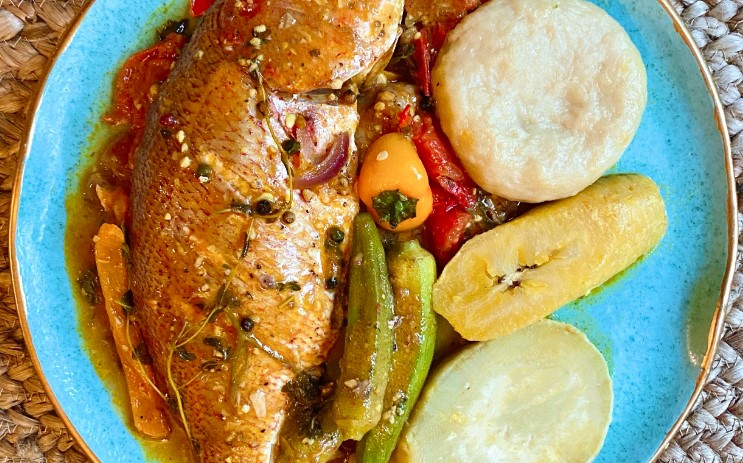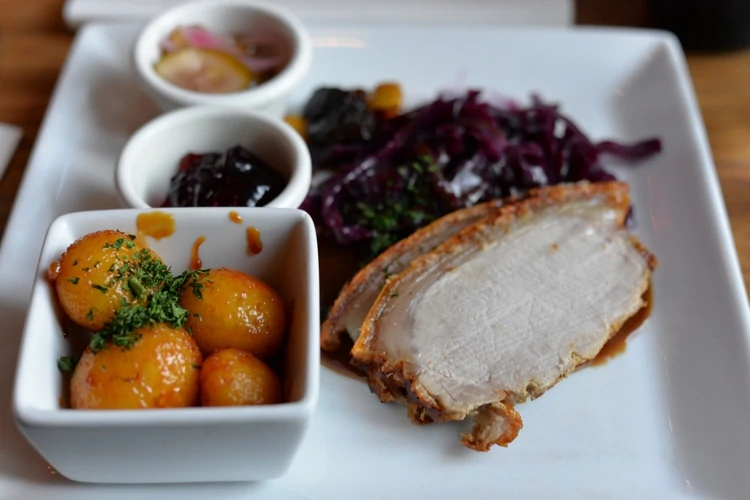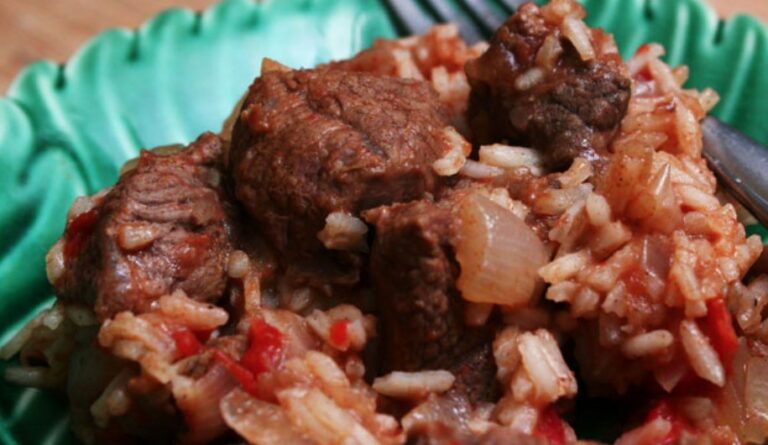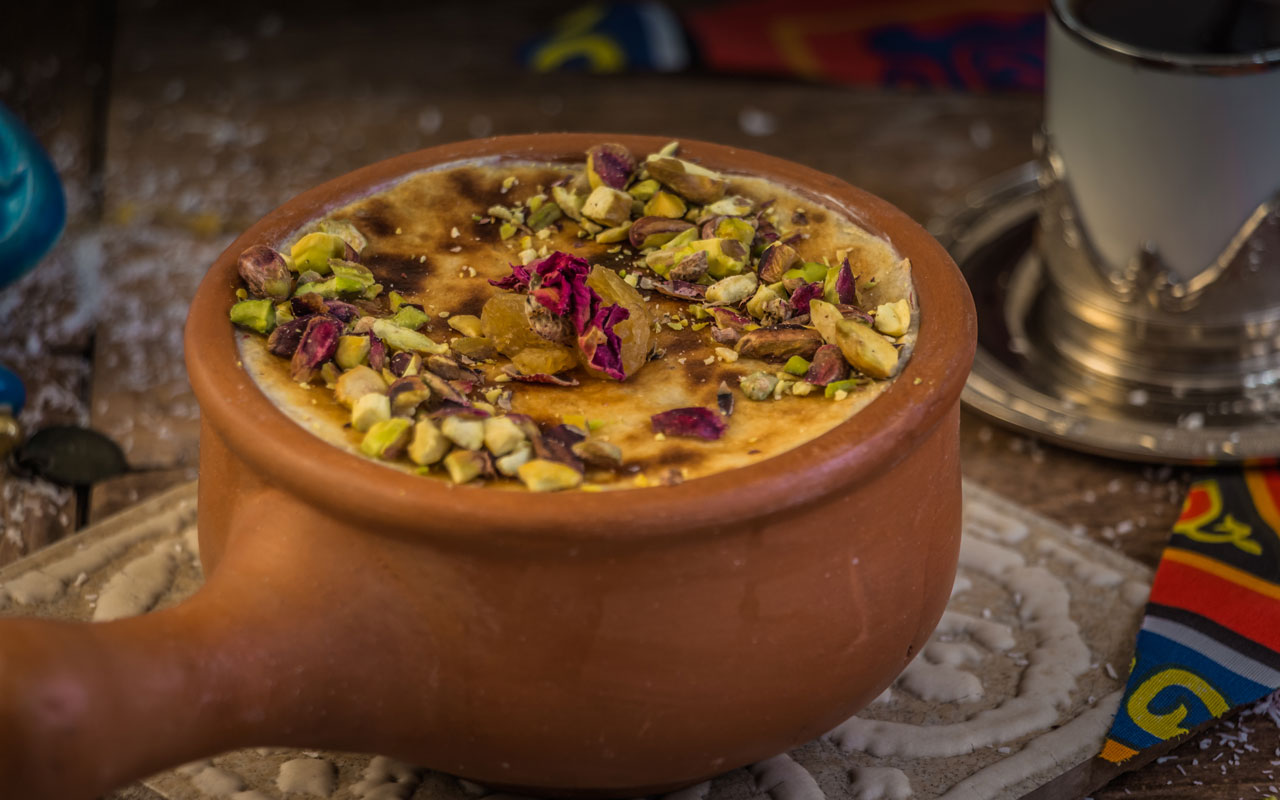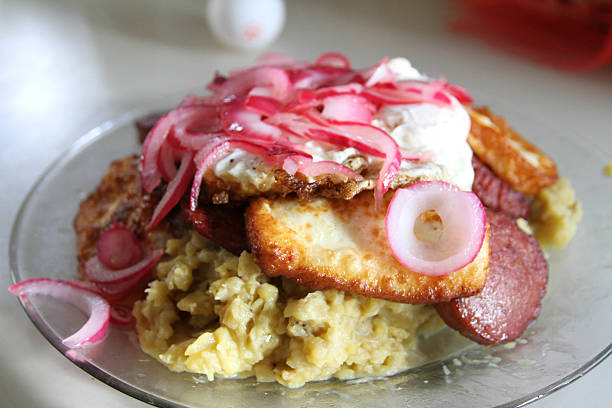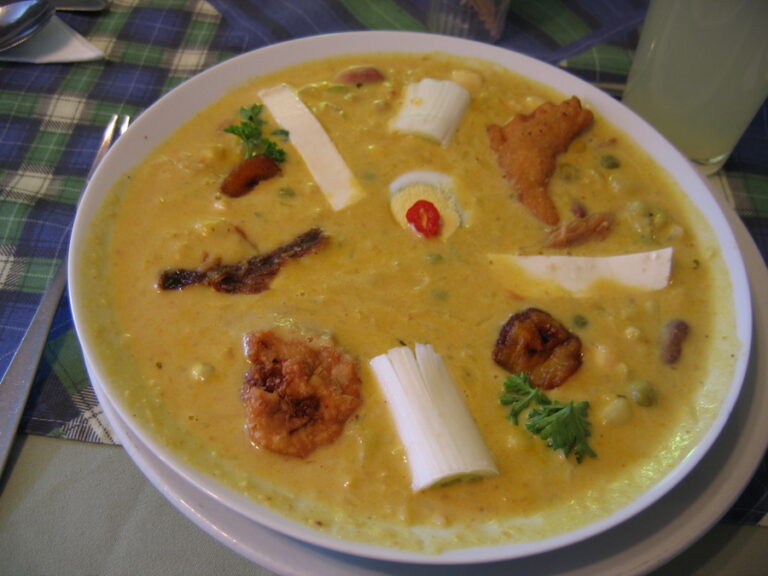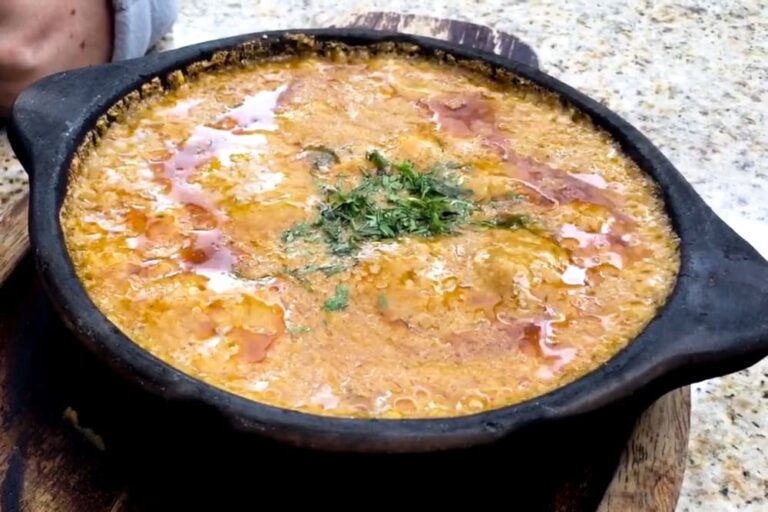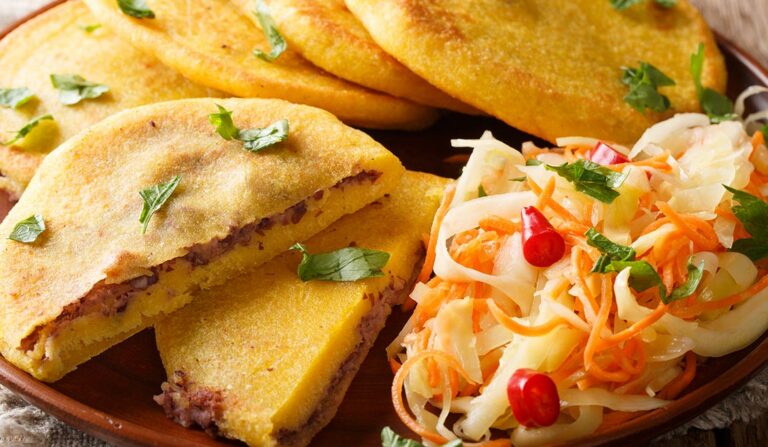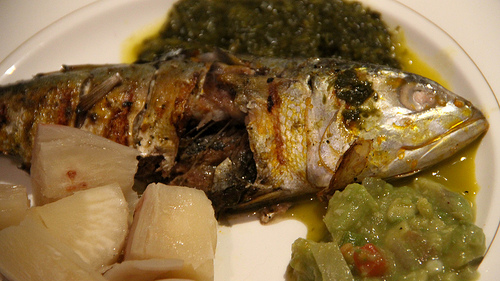Introduction: Street Food in Dominica
Street food is a popular food culture worldwide, and Dominica is no exception. Dominica is a small Caribbean island nation located between Guadeloupe and Martinique. Visitors to this beautiful island can enjoy a wide range of street food delicacies, which form an integral part of the country’s food culture.
The Role of Street Food in Dominica’s Culture
Street food is ubiquitous in Dominica, and it is an essential part of the country’s culinary heritage. It is a way of life for many locals and can be seen as a reflection of the country’s diverse cultural influences. Street food is not only a source of affordable food but also an important aspect of Dominican culture. It brings people together in a relaxed and informal setting, allowing them to connect over delicious food and shared experiences.
What Types of Street Food are Common in Dominica?
Dominican cuisine is a fusion of African, European, and indigenous influences, and street food reflects this diversity. Some of the most popular street food in Dominica includes grilled chicken and fish, fried plantains, roasted corn, and conch soup. Other popular street foods include bakes, which are fried dough balls filled with saltfish, chicken, or vegetables, and pates, which are meat-filled pastries.
Where to Find Street Food in Dominica
Street food can be found in every corner of Dominica, from bustling marketplaces to roadside food stalls and local fairs. In the capital city, Roseau, the streets are lined with food vendors, particularly on weekends. Many of the street food vendors operate from small food carts or makeshift stalls along the main roads, while others set up shop in local markets or outside of supermarkets.
Hygiene and Safety Concerns When Eating Street Food in Dominica
While street food is an integral part of Dominican culture, visitors should exercise caution when eating street food to avoid health problems. Food hygiene and safety standards are often lower than in restaurants and other food establishments, and it is essential to be vigilant about the food’s quality and preparation. It is advisable to buy food from vendors who appear to be clean and follow good hygiene practices, such as washing their hands and keeping the food covered.
How Much Does Street Food Cost in Dominica?
One of the significant advantages of street food in Dominica is its affordability. Street food is relatively cheap, and visitors can have a filling meal for as little as $5.00. Prices vary depending on the vendor and the type of food, but generally, street food is cheaper than eating at a restaurant.
The Future of Street Food in Dominica
Street food is likely to remain a fixture in Dominica’s culinary landscape for the foreseeable future. Its popularity is largely due to its affordability, diversity, and accessibility. Street food is also an essential part of the country’s cultural heritage, and it is a way of life for many locals. However, it is essential to address food hygiene and safety concerns to ensure that street food continues to be a safe and enjoyable experience for locals and visitors alike.
Conclusion: Street Food in Dominica – a Vibrant Tradition
Street food is an integral part of Dominican culture and cuisine. It reflects the country’s diverse cultural influences and brings people together over delicious food and shared experiences. While visitors should exercise caution when eating street food, it is a relatively affordable and accessible way to experience Dominican cuisine. Street food is likely to remain a vital part of Dominica’s food culture, and it will continue to attract food lovers from all over the world.

